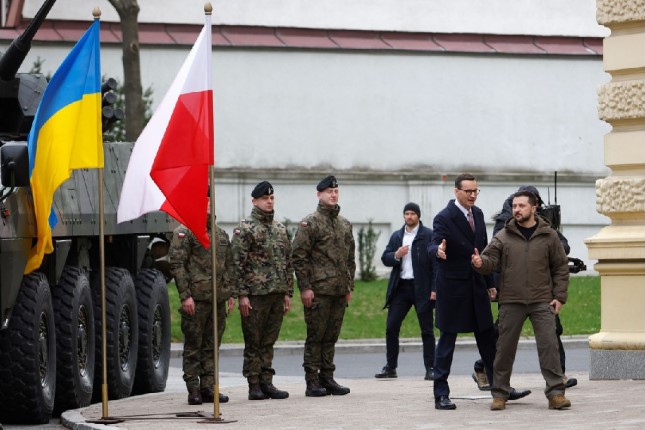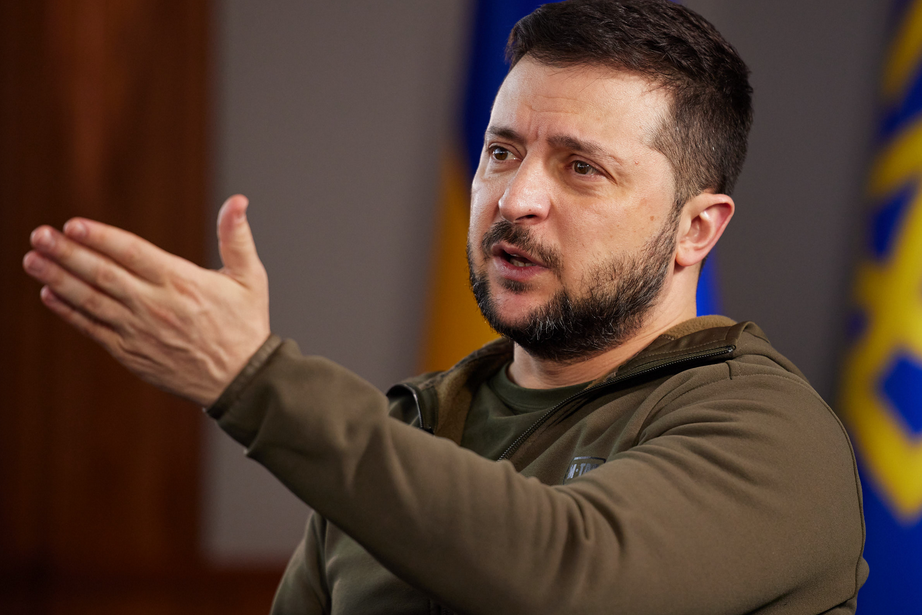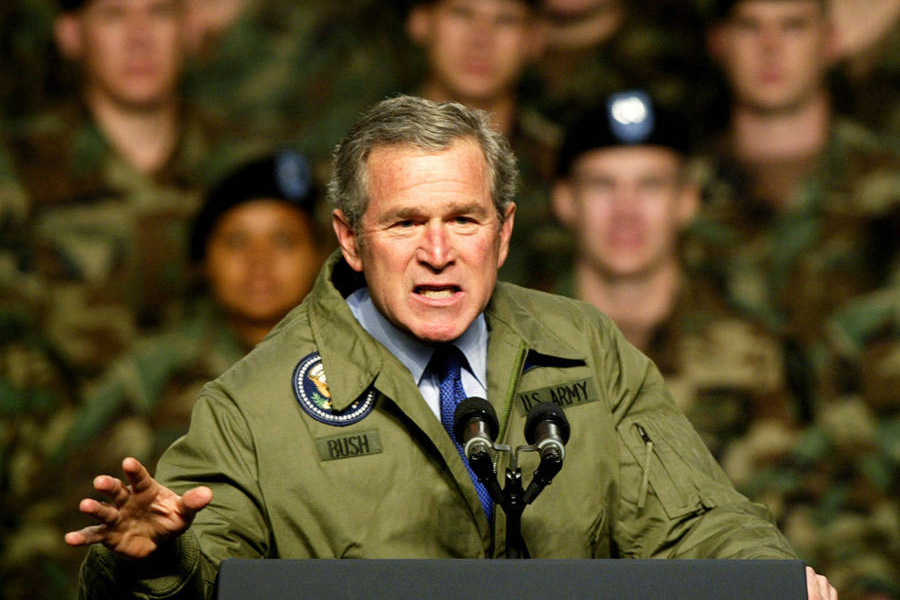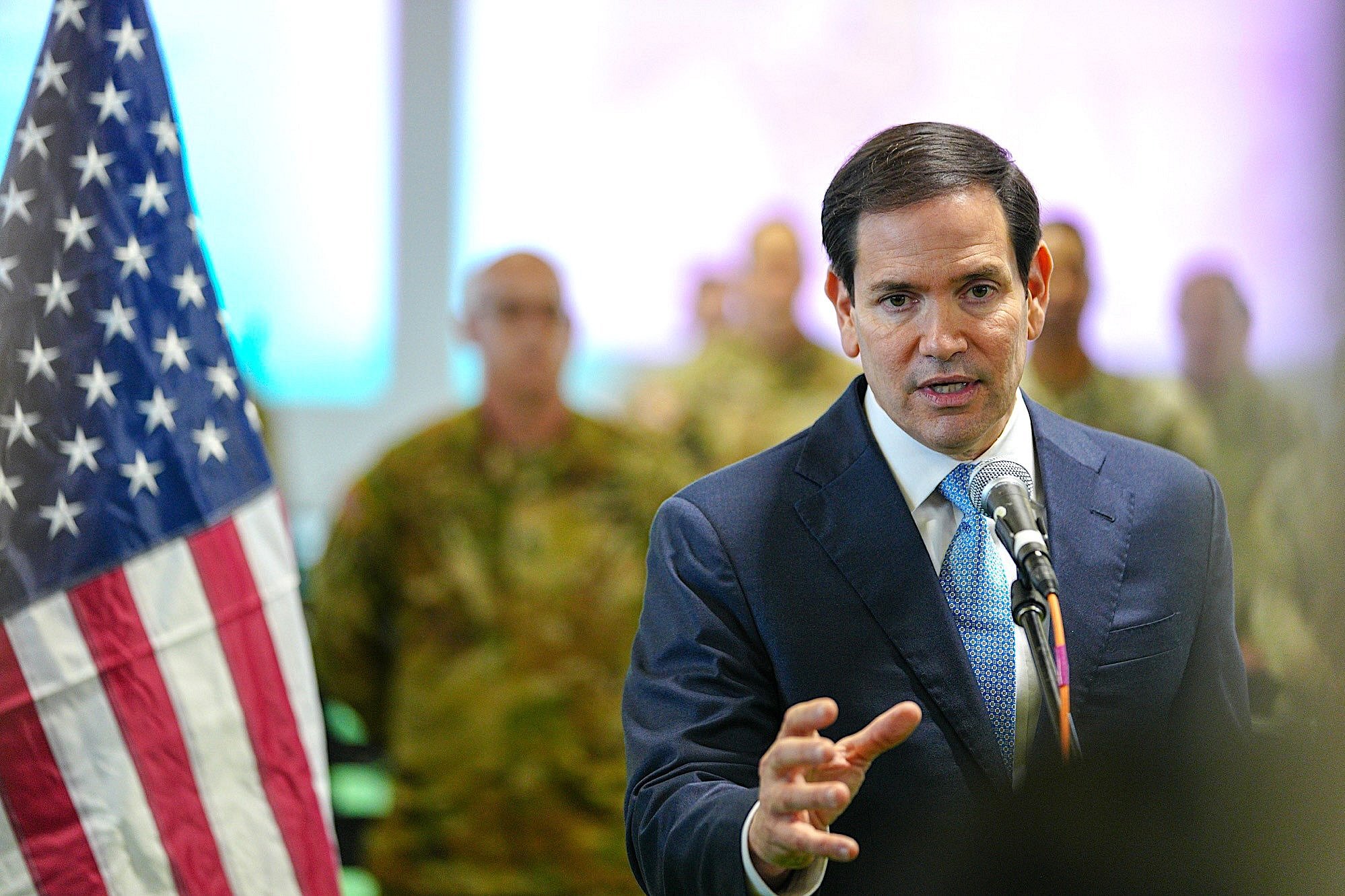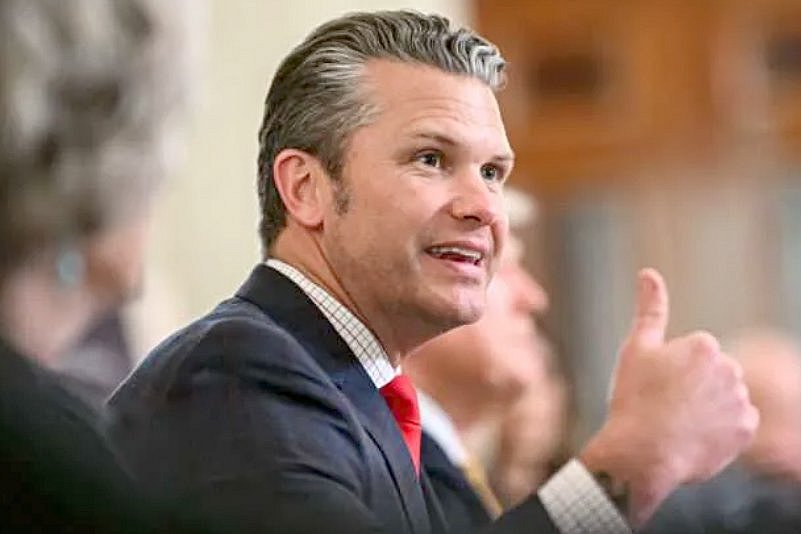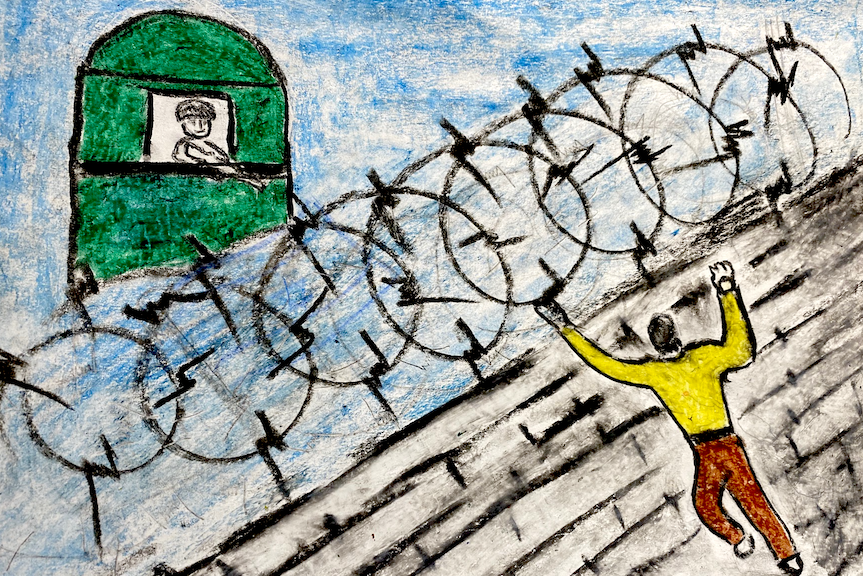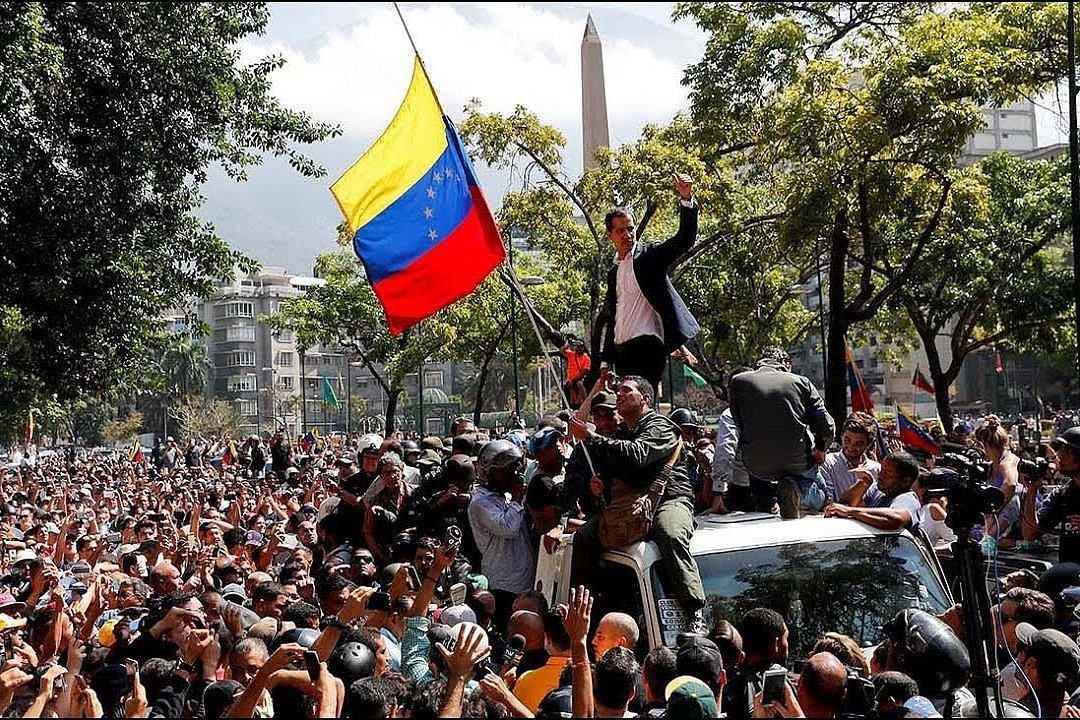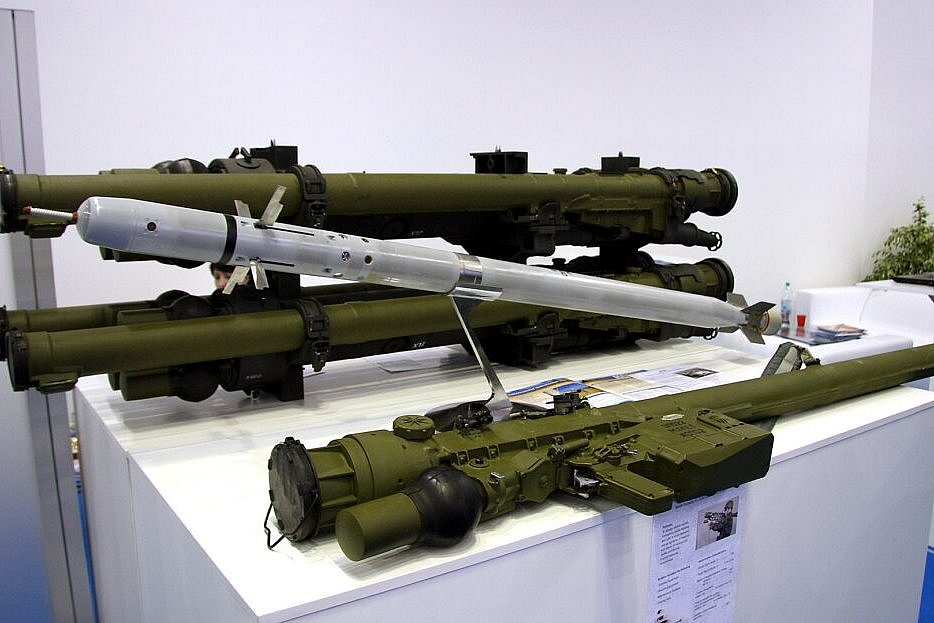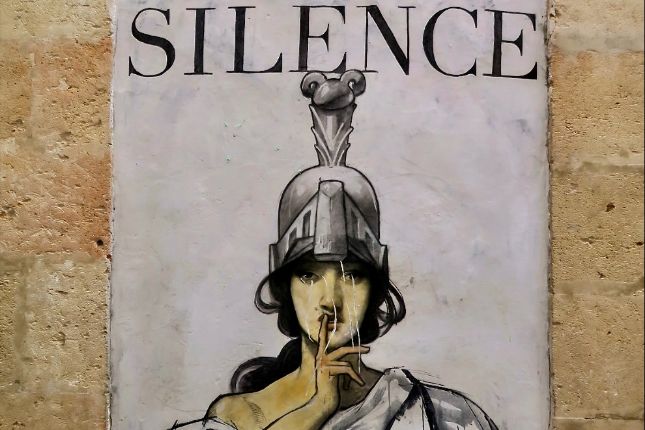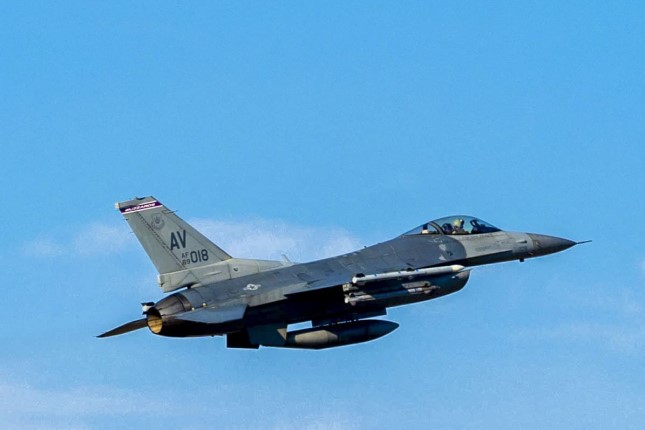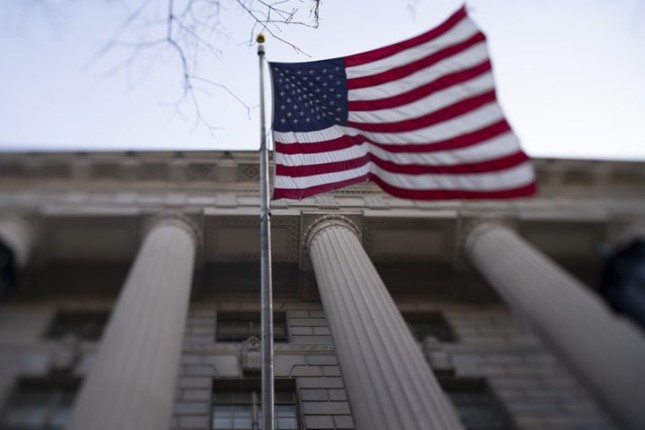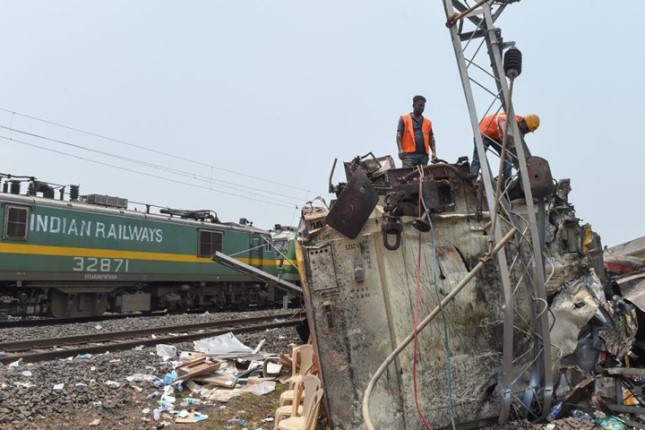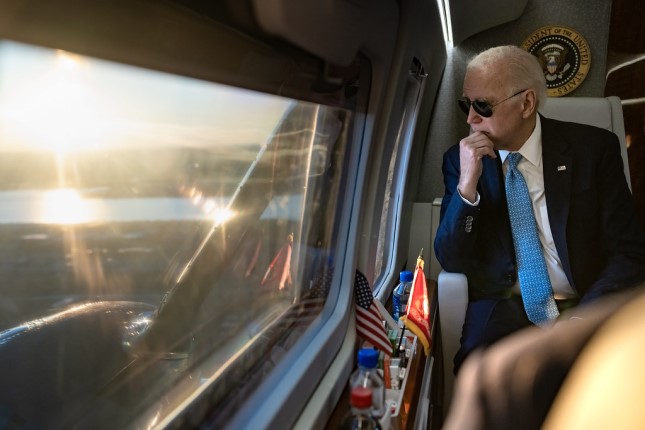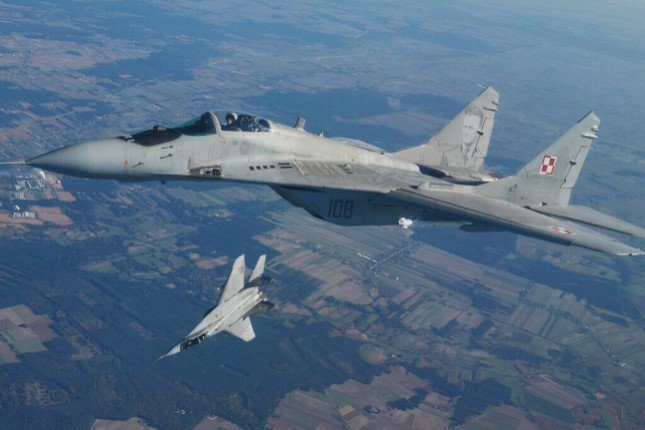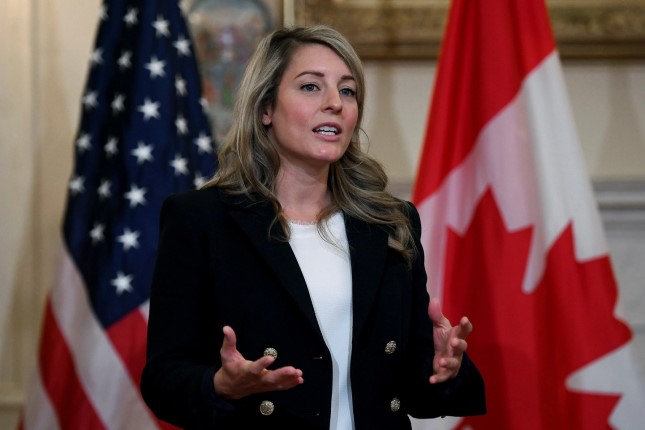NATO’s war against Russia in Ukraine continues to escalate—both in terms of geographic scope and intensity. Poland is playing a key role in this and, in close coordination with the leading NATO powers, is preparing to intervene directly in the conflict.
In a joint appearance with Polish Prime Minister Mateusz Morawiecki in the courtyard of Warsaw’s Royal Castle, Zelensky praised Poland’s role as one of the biggest supporters of the war and called for further arms deliveries.
“Is it still far to victory? No!” he declared. He added that one should “just not stop at solidarity. If the fight requires artillery, it must be granted. If victory requires tanks, their thunder must be heard on the front line, and if independence requires an air force, one must not brood over how Russia will react to planes.”
Poland is among the first countries to supply fighter jets to Ukraine and now plans to hand over its entire stock of MiG-29 fighter jets to Kiev. Polish President Andrzej Duda announced this after a meeting with Zelensky. He said his country had already delivered eight fighter jets to Ukraine and was currently preparing six more MiG-29s for handover. He said Warsaw will be “in a position in the future to hand over its entire MiG fleet” of about 30 aircraft to the Ukrainian Air Force, “provided the NATO allies agree.”
On Thursday, Berlin approved the Polish government’s request to export MiG-29 fighter jets to Kiev from stocks in the former East Germany. In 2002, the then Social Democratic-Green government had sold 23 fighter jets to Poland, which the Bundeswehr (Armed Forces) had taken over from the former East Germany’s National People’s Army. According to Warsaw, the Polish Air Force still has about a dozen of them today, which are now going to the Ukrainian army.
The planned Polish arms deliveries are not limited to fighter jets. In Warsaw, the Ukrainian delegation signed further contracts for Polish howitzers, anti-aircraft missiles, troop carriers and wheeled tanks. The arms purchases are to be financed by support funds from the EU and the USA. It was also agreed to set up joint production lines to manufacture 125-mm tank ammunition for the Ukrainian army.
The entire visit was designed to celebrate the close alliance between Warsaw and Kiev. After Duda received him with Poland’s highest military decoration, Zelensky spoke of a “friendship for centuries” between Ukraine and Poland. But historical conflicts still simmer beneath the surface.
This summer marks the 80th anniversary of the massacres by Ukrainian nationalists and fascists of an estimated 70,000 to 100,000 Poles in Volhynia and eastern Galicia. The leaders and instigators of the mass murder are glorified by today’s leadership in Kiev. On January 1, 2023, the Ukrainian parliament and military leadership celebrated the 114th birthday of notorious fascist, anti-Semite, and Nazi collaborator Stepan Bandera, whose Organization of Ukrainian Nationalists (OUN-B) and its paramilitary wing, the Ukrainian Insurgent Army (UPA), played a central role in the Holocaust and war of extermination against the Soviet Union.
The current Ukrainian government sees itself as part of this tradition. Among other things, the Ukrainian parliament published a tweet showing a picture of Valerii Zaluzhnyi, the commander-in-chief of the Ukrainian Armed Forces, in front of Bandera’s likeness, quoting him as saying, “The complete and final victory of Ukrainian nationalism will be won only when the Russian empire no longer exists.”
After a public outcry in Poland, the Ukrainian Rada (parliament) was forced to delete the post. But this does not diminish the glorification of Bandera and other fascists in Ukraine. The Zelensky regime spends millions on monuments and renaming streets in honour of Nazi collaborators and neo-fascists.
Poland’s far-right ruling Law and Justice (PiS) party also pursues an extreme anti-Russian course, openly making pacts with fascist and anti-Semitic forces. Its protest against the tweet was mainly because the Ukrainian government’s glorification of Bandera reveals the real nature of the war.
Ukraine is not conducting a “fight for freedom,” as Zelensky claimed in Warsaw. The Russian invasion does not change the fact that NATO is waging an proxy war in Ukraine against the nuclear power Russia. By systematically encircling Russia militarily and arming Ukraine, it finally provoked the Putin regime’s military response. Now, NATO is systematically escalating the conflict in order to subjugate the resource-rich country. In the process, the leading NATO powers are also concerned with control over Ukraine itself.
The Polish leadership made no secret to Zelensky that it expected its share of the division of the spoils of war. In the reconstruction process, Warsaw would probably continue to be Ukraine’s most important trading partner, Duda urged. The day before, German Economics Minister Robert Habeck had already visited Ukraine with a business delegation to assert Germany’s claim to a leading role in Ukraine.
But the NATO powers are not only pursuing economic interests. Behind the scenes, knives have long been sharpened for the revanchist repartition of Ukraine and all Eastern Europe.
“Among the little-discussed consequences of the war is the resurgence of the territorial disputes that resulted from the post-World War II settlement,” reads a recent statement from the World Socialist Web Site.
The ruling class in Germany has “not forgotten that the Polish city of Wroclaw was once called Breslau and was the sixth largest city in the German Empire at the beginning of the twentieth century.” Nor has the Polish government “forgotten that the city of Lviv in western Ukraine was known as Lwów, Poland’s third largest city, before the outbreak of World War II.”
Such far-reaching goals are at stake as the west powers rearm and prepare for direct intervention in the war. Here, too, the Polish government is rushing ahead.
In late March, Polish Ambassador to Paris Jan Emeryk Rościszewski openly threatened military intervention in an interview with French television station LCI. “If Ukraine does not defend its independence, we will have no other choice, we will be forced to enter the conflict,” he said.
Rościszewski’s threat was in response to the worsening crisis in Ukraine. Militarily, politically, but also economically, the Zelensky regime is under enormous pressure one year after the war began. NATO is pursuing the declared goal of defeating Russia militarily in Ukraine. And it is clear that the latest arms deliveries are not enough to achieve this.
The open announcement of direct military intervention is alarming, but not new. In late March, Hungarian Prime Minister Viktor Orbán warned that European powers were about to begin talks on the deployment of “peacekeepers.”
Jaroslaw Kaczynski, the leader of the ruling PiS party, had already called for a NATO “peacekeeping mission” to assist Ukraine a year ago. Last May, retired US General Jack Keane raised the issue of an “international coalition” to secure control of the Black Sea against Russia.
Since then, NATO powers have been increasingly aggressive in advancing their war preparations. Last June, NATO Secretary General Jens Stoltenberg announced that the military alliance’s Rapid Reaction Force on NATO’s eastern flank would be increased from 40,000 to 300,000. In recent months, NATO has deployed tens of thousands of troops in Eastern Europe and is working to build a veritable invasion force. Poland is playing a central role in this effort.
On March 22, the first permanent garrison of the US Army was officially opened in Poznan, which the White House had already decided on last summer. This is an open breach of the 1997 NATO-Russia Founding Act, which prohibits the “permanent stationing of substantial combat forces” in former Warsaw Pact member states.
“We have been struggling for years with this word ‘permanent,’ and now it has become a reality,” Defence Minister Mariusz Błaszczak exulted at the opening ceremony. He also referred to the nearby “Abrams Academy” in Biedrusko. There, the US Army trains Polish soldiers on Abrams M1A2 main battle tanks. Poland bought 250 of these last year for the equivalent of $4.75 billion.
The far-right PiS government has set itself the goal of building Europe’s strongest land army, and to that end has increased its defence budget to 4 percent of GDP this year. Recently, Defence Minister Błaszczak announced the arrival of the first newly purchased American K2 and Abrams main battle tanks. In total, Poland has ordered over 1,000 tanks. The Polish army’s troop strength is also to be massively increased—from the current 164,000 soldiers to 300,000. In addition, there will be tens of thousands more for the National Guard.
In February, it was also announced that a Polish Volunteer Legion (Polski Korpus Ochotniczy, PDK) would be formed. According to reports, the formation took place in Kiev on February 15—with a representative of the Ukrainian Ministry of Defence, several Polish volunteers, the Polish organizer of the Legion, and the commander of the Russian Volunteer Corps in attendance.
The latter is a unit of Russian-born volunteers formed in August 2022 and fighting for Ukraine since 2014. The leader of the unit is notorious neo-Nazi Denis Nikitin. Most recently, he had bragged about attacking Russian villages with his unit behind the front lines, near the Russian city of Bryansk.
The deployment of commando units like the PDK, recruited from NATO countries, can only be seen as a precursor to the deployment of NATO ground forces. Already, more than 150 special forces from Britain, the United States, France, and other NATO countries are operating inside Ukraine.
The massive NATO manoeuvres taking place in the coming weeks and months—including Defender Europe 23, Baltops 23, Sea Breaze 23 and Air Defender 23—involve tens of thousands of NATO troops and are increasingly taking the form of a springboard for direct military intervention.
In Poland, preparations for the large-scale NATO manoeuvre Anakonda 23 are currently in full swing. From April 17 to May 16, about 10,000 Polish soldiers and nearly 3,000 soldiers from allied NATO countries will be mobilized. The exercises will take place at the main training area in Poland and at training grounds in Estonia, Latvia, Lithuania and Sweden.
Photo: Poland's Prime Minister Mateusz Morawiecki, 2nd right, walks with Ukrainian President Volodymyr Zelensky as they meet in Warsaw, Poland, Wednesday, April 5, 2023 © AP Photo / Michal Dyjuk.
Source: World Socialist Web Site.
